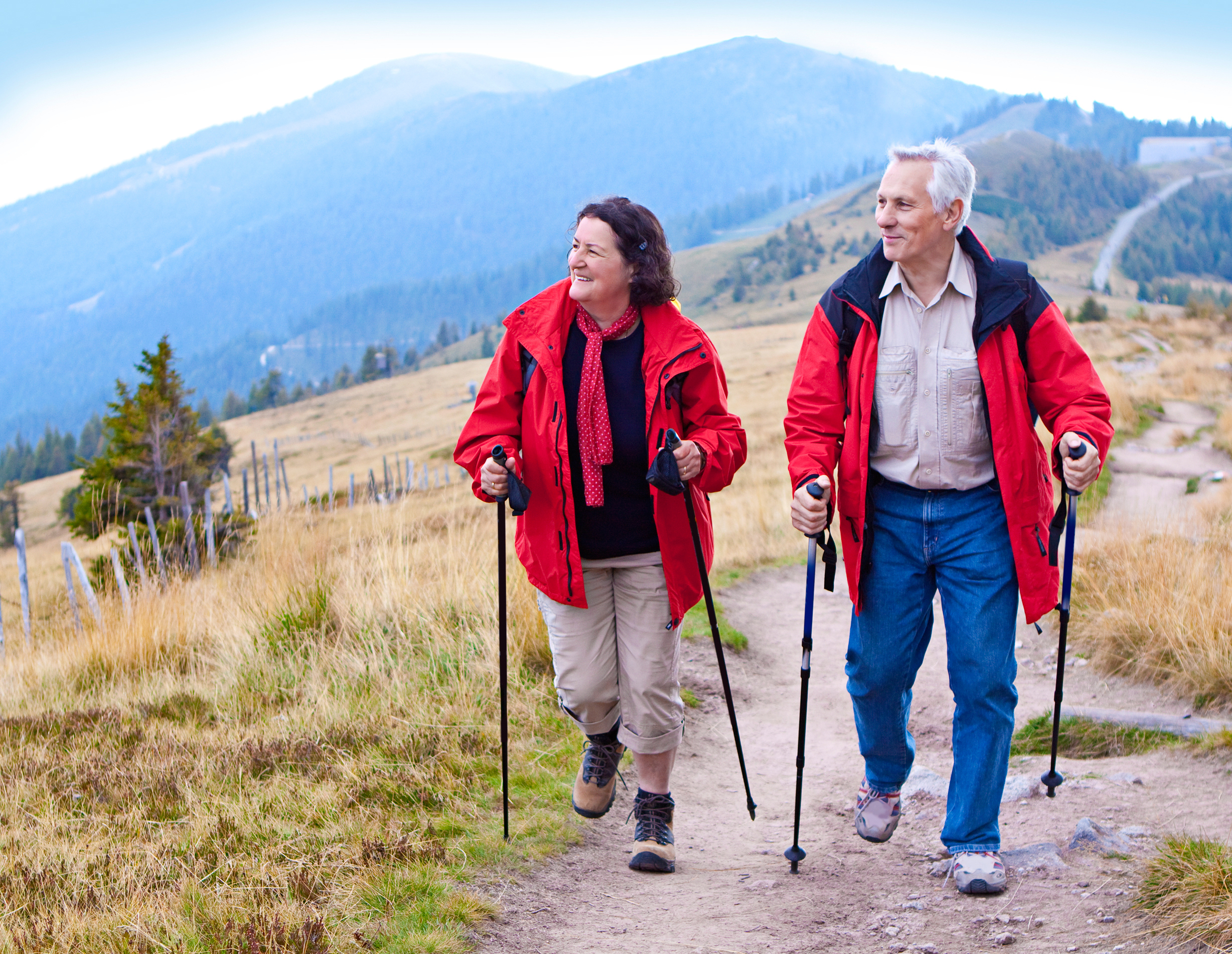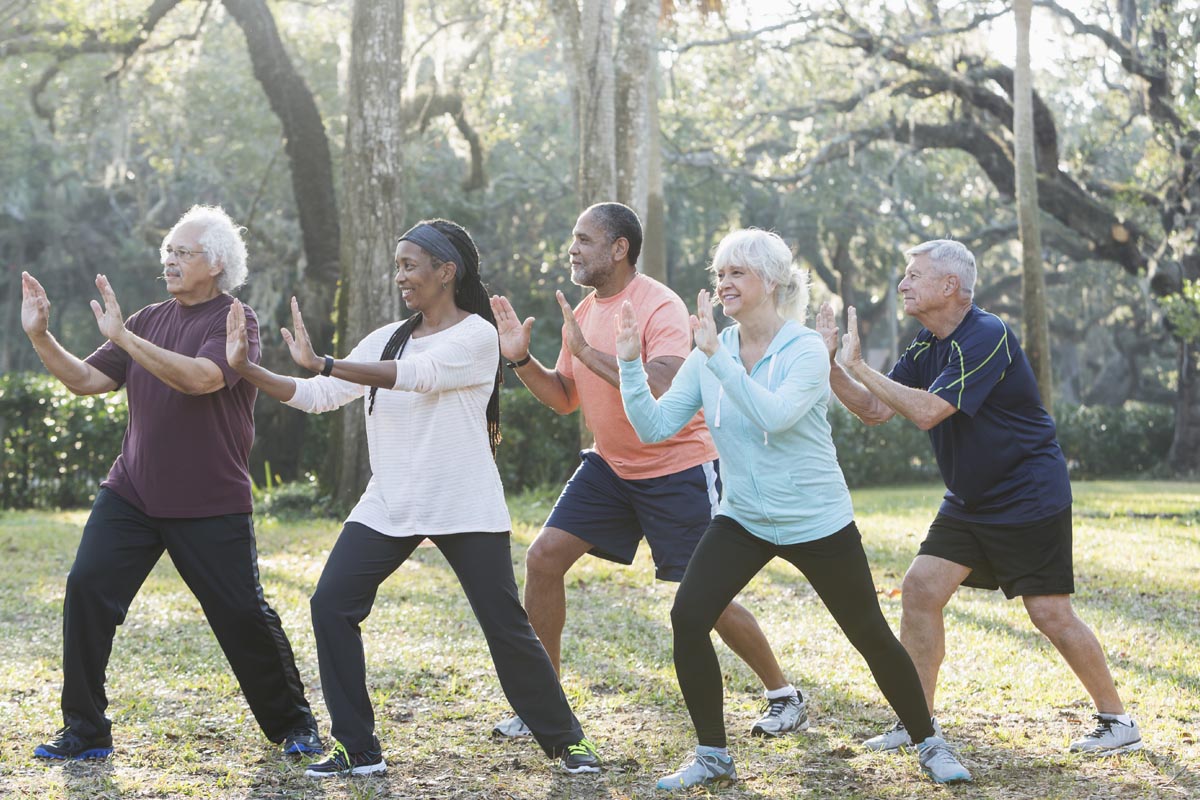6
Section One: The Fundamentals
A) Keywords
Exercise 1:
Provide a brief definition of one of the padlet keywords for this week.
| The “third age,” as defined by Elizabeth Pike in Assessing the Sociology of Sport: On Age and Ability, is a life stage marked by an active aging process, individual fulfillment, and continuous participation in both social and physical behaviours, typically beyond retirement. Contrasting conventional perceptions of aging as a time of decline, the third age values independence, recreation, and improvement of oneself, notably via activity and recreation. Pike emphasizes that this phase is typically only available to individuals with financial advantage, as institutional challenges such as expenses, availability, and social norms may restrict marginalized populations. By defining the third age as a period of possible autonomy, Pike criticizes ageism preconceptions about capabilities and the disparities that determine who gets the privilege of effectively experiencing this stage of life.
|
B) The Social Significance of Aging in Sport
Exercise 2: Notebook Prompt
How is old age popularly represented today? Find an image online that you think exemplifies one defining attitude towards old age and paste in your notebook below with a brief explanation of what this image means to you.

This photograph illustrates the emerging trend of active aging, in which older individuals remain physically and socially active long into their senior years. Hiking, particularly, has grown in popularity among the elderly due to its benefits to both physical and mental health. To me, this image challenges old conceptions of aging as a period of decline or inactivity. Instead, it demonstrates that many seniors like adventure, remaining active, and interacting with nature. It embodies a more contemporary, powerful view of old age, that promotes energy, autonomy, and a fulfilling life beyond retirement. |
Exercise 3: Notebook Prompt
What does the article (referencing another study by Dionigi) mean by its statement that sport can help aging people to simultaneously “accept and resist the ageing process” (572)? Respond by audio or text and find paste two images sourced online into your notebook showing how sport might help aging people to both accept and resist the aging process.
| As mentioned in Dionigi’s study, the concept that sport allows aging people to accept and resist the aging process highlights physical exercise’s contradictory function in later life.
1. Accepting Aging: Sport assists older individuals in accepting physiological changes by adjusting to new physical limits, for example, changing exercises or moving to low-impact activities, while retaining a positive a sense of self This promotes confidence and minimizes the anxiety of decline.
|
Exercise 4: Notebook Prompt
Who are the groups less likely to have extensive opportunities to take part in sports, according to Pike? How does privilege factor into aging and sport? (200 words max)
| Elizabeth Pike’s work highlights the impact of intersecting disparities in athletic participation throughout time. Aside from economic constraints, she emphasizes how gender, status regarding disability, and racial prejudice interact to restrict specific populations from athletic possibilities in their later years. Women, especially those from the working class, sometimes experience a “double disadvantage”: they are conditioned to put familial caring over recreational pursuits while having less chances of finding adequate amenities. Additionally, elderly persons with disabilities face both bodily difficulties with accessibility and cultural expectations of their abilities. Pike demonstrates how the marketed health and fitness business primarily serves wealthy, able-bodied retired people, portraying sports as an individual success instead of confronting structural limitations. This establishes a perpetual pattern in which wealthy people profit from the physical and social benefits of athletics. At the same time, people with limited resources encounter quick health reductions in the absence of such opportunities. Pike believes the current discourse of “active aging” supports present disparities instead of making it more accessible for involvement in sports. |
Exercise 5: Padlet Discussion
Why do you think age discrimination is “reported more than any form of prejudice” with older people presented as a threat to social values and interests? Feel welcome to use video in your responses. Paste your comments (or transcript of your video) below!
| Age discrimination is more commonly reported than other types of prejudice because it derives from fundamental social concerns of mortality and a state of decline with older individuals serving as tangible representations of what many individuals worry of turning into. In contrast to racism and sexism, ageism targets an older version of oneself, resulting in subliminal dismissal of seniors as a strategy to mentally detach from aging. Financially, the elderly are frequently blamed as liabilities on medical care and pension networks, fostering multigenerational frustration, whilst companies favour the young based on capitalist values of efficiency and flexibility. The news industry reinforces ageism by alternately infantilizing or presenting older individuals as disconnected from reality, supporting the notion that aging equals obsolescence.
|
B) Older Women and Sport
Exercise 6: Notebook Prompt
What differences do you see in these ads? Which one is more inclusive? How is age represented or not represented in each? Answer these questions in your notebook.
| The advertisements for This Girl Can – Me Again and Nike – You Can’t Stop Us (2020) take quite different approaches to diversity and age representation. This Girl Can focuses solely on women, presenting a variety of body shapes and skills, as well as aging women training with confidence, dancing, boxing, or swimming, to normalize aging as an inherent component of an active lifestyle. Nike, on the other hand, uses a gender-neutral approach, incorporating athletes from various backgrounds, including sporadic glimpses of aging people, however, without a similar purposeful focus on aging. While Nike’s ad appears at intersectional representation, This Girl Can stands out for its deliberate appreciation of aging women, resulting in something more age-inclusive. Nike’s concept of universal resiliency minimizes aging as a prominent concept, but This Girl Can openly disputes aging prejudices by featuring older women at the center of its story. Ultimately, both initiatives advocate for empowerment, but This Girl Can takes a more confrontational approach to age inclusion by declining to exclude or downplaying older women’s involvement in athletics. |
Exercise 7: Notebook Prompt
In her article, “Assessing the sociology of sport: On age and ability,” Elizabeth Pike references a “trend towards a ‘feminisation of ageing’, with many women living longer than men” (573). Do you agree that aging has been “feminized” in this way? How? Answer these questions in your notebook.
| Elizabeth Pike’s idea of the “feminization of aging” precisely reflects the societal actuality that females live longer than males by many years. This trend is grounded in biological benefits (for instance, estrogen’s safeguarding impacts), gender-specific behavioural distinctions (e.g., men’s more risky lifestyles), and structural variables (e.g., men’s unwillingness to get medical treatment). This feminization, nevertheless, goes above lifespan into societal and economic areas: women bear disproportionate senior care duties, encounter economic vulnerability as a result of disparities in wages and caregiving occupation delays, and are subjected to ageist perceptions that focus on their physical characteristics and significance. However, defining aging as just “feminized” ignores significant gendered disparities; although women represent a substantial chunk of the elderly, patriarchal values continue to suppress female perspectives in aging studies, government policies, and sports/recreation settings. While fewer in number, older men frequently uphold an increased level of social authority yet also confront unacknowledged difficulties such as loneliness and health disregard. Therefore, aging is, in terms of demographics, feminized, but it is still formed by interconnecting gendered, financial, and social inequalities, requiring an approach that is intersectional.
|
Section Three: Module Mini Assignment
2. Pickleball’s astonishing emergence as a popular sport among older people provides essential insights into current views regarding aging, physical fitness, and community dynamics. According to CBC’s coverage of Guelph-Wellington’s seniors’ association, pickleball has developed into a cultural phenomenon for older Canadians, offering not only physical exercise but also critical interpersonal relationships, what the Washington Post describes as combining “tennis, badminton, and ping-pong into one wildly addictive game.” Nevertheless, this popularity has resulted in complicated societal problems, revealing society’s reluctance to deal with aging people. The Narwhal’s report on Peterborough’s park conflicts shows how the sport’s explosive rise has caused intergenerational debates over public space, with older players frequently caught between being praised for their active lifestyles and being chastised for supposedly monopolizing communal assets. These patterns are consistent with Elizabeth Pike’s research on how society alternately values and marginalizes older individuals. The Washington Post’s analysis goes on to say that pickleball’s easy access, with its smaller court and slower pace, has made it especially attractive to older individuals, but that same accessibility has led to its impression as mainly a “senior exercise,” which could limit its intergenerational appeal. Media representations, ranging from the CBC’s favourable framing to more critical studies of space issues, mirror wider cultural arguments about aging, privilege, and a sense of community. Furthermore, although broadening access for some, the sport’s growing commercialization and affiliation with wealthy senior neighbourhoods may unintentionally perpetuate socioeconomic differences in who may engage in this component of “successful aging.” Finally, pickleball’s appeal among older individuals can provide a space for reflection towards deeper issues regarding how societies can potentially equally embrace older individuals in common public areas and sports while overcoming residual ageist assumptions. Sources: CBC News: “Pickleball popularity spikes among seniors in Guelph-Wellington” The Narwhal: “Opinion: How pickleball is pitting generations against each other in Peterborough” Washington Post: “Pickleball is everywhere. Here’s why the tennis-like game is so popular”
|




Feedback/Errata